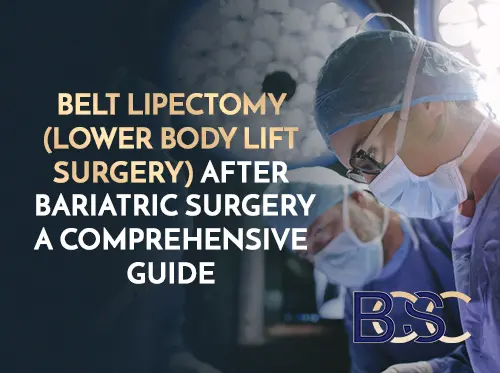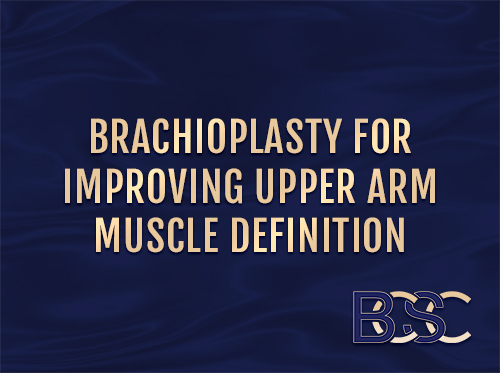Gluteoplasty (Buttock Lift) Surgery Guide
Many people who have lost a significant amount of weight are left with lax skin on the buttocks and thighs. Skin that has been stretched during weight gain often does not contract adequately after weight loss, leaving a deflated appearance. Even with diet, exercise, and maintaining a stable weight, the skin may not regain firmness. A gluteoplasty — sometimes referred to colloquially as a “buttock lift” — is a surgical procedure designed to tighten and elevate this skin.
What is Gluteoplasty Surgery?
Gluteoplasty after weight loss is a surgical procedure that removes and tightens excess skin on the buttocks, outer thighs, inner thighs, and posterior waistline.
- A horizontal incision is made across the lower back, just above the buttocks.
- Through this incision, redundant skin is excised.
- As the incision is closed, the tissues are drawn upward, producing a lifting effect.
- Surgical fat reduction (liposuction) may be performed at the same time to refine the result.
A gluteoplasty does not add volume. Unless implants or fat grafting are performed in combination, it is a skin-tightening procedure rather than a volumising one.
Areas Addressed
Gluteoplasty can improve skin laxity affecting:
- Buttocks
- Inner thighs
- Outer thighs
- Posterior waistline
Benefits of Gluteoplasty
Possible benefits of gluteoplasty (with or without liposuction) include:
- Tighter skin on the buttocks and thighs
- Improved definition of the gluteal region
- A slimmer waistline if combined with surgical fat reduction
- Greater visibility of the underlying musculature
- Reduction of outer thigh fullness (“saddlebags”)
- More balanced body proportions after weight loss
- Clothing that fits more comfortably
Who is a Candidate?
Gluteoplasty is generally considered for individuals who:
- Have redundant skin on the buttocks and thighs after weight loss
- Have reached and can maintain a stable weight
- Are medically and psychologically suitable for elective surgery
- Accept that scars are part of the procedure
- Do not smoke, or can abstain before and after surgery to optimise healing
- Have realistic expectations of what the operation can achieve
A consultation with a qualified body contouring surgeon is essential to determine suitability.
How the Surgery is Performed
- Anaesthesia: The operation is performed in hospital under general anaesthesia.
- Hospital stay: Usually a day procedure unless combined with other operations, such as a belt lipectomy.
- Duration: Approximately 2–3 hours.
- Technique: The patient is positioned on their side, providing access to the gluteal and thigh regions. Surgical fat reduction is performed first if indicated. A horizontal incision is then placed across the lower back (along the iliac crest). Excess skin is excised, the tissues are lifted, and the incision is closed in layers. One side is addressed at a time.
Recovery After Gluteoplasty
- Dressings and drains may be applied to minimise fluid accumulation.
- Compression garments are often recommended.
- Most people require 1–2 weeks off work, depending on the nature of their occupation.
- Incisions take about 6 weeks to heal.
- Swelling reduces gradually over 12 weeks but may persist at a lower level for several months.
- Scars can take 12 months or longer to fade and mature.
- Temporary bruising, swelling, numbness, and discomfort are common in the early recovery period.
Risks and Complications
An excision-based gluteoplasty generally carries fewer risks than procedures that involve gluteal fat grafting or implants. However, all operations carry risks.
Possible complications include:
- Infection
- Skin necrosis
- Fluid accumulation (seroma) or blood collection (hematoma)
- Deep vein thrombosis or pulmonary embolism
- Poor scar healing or keloid formation
- Altered sensation or numbness
- Delayed wound healing
- Irregular skin surface or asymmetry
- “Dog ears” at the ends of the incision
- Dissatisfaction with the cosmetic outcome, possibly requiring revision surgery
Your surgeon will discuss these risks and provide written information as part of the consent process.
Gluteoplasty FAQ
Will there be a scar?
Yes. A horizontal scar is usually placed across the lower back, above the buttocks. While clothing often conceals the scar, it may remain visible in some cases. Scars typically fade over time but do not disappear completely.
Does health insurance cover gluteoplasty in Australia?
Most gluteoplasties are self-funded. In select cases, patients who have lost a large amount of weight may qualify for a Medicare rebate if the procedure is deemed medically necessary — for example, as part of a belt lipectomy. Eligibility is subject to strict criteria.
How does gluteoplasty differ from gluteal fat grafting (commonly known as a “Brazilian Butt Lift” or BBL)?
- Gluteoplasty is a skin-excision procedure. It removes excess skin and elevates the buttocks and thighs. It does not add volume.
- Gluteal fat grafting (autologous fat transfer) involves harvesting fat from another part of the body and reinjecting it into the buttocks to increase volume. This procedure is colloquially called a “Brazilian Butt Lift (BBL)” but carries higher risks, including fat embolism.
- Buttock implants can also be used to add volume, though implant-related complications are possible.


